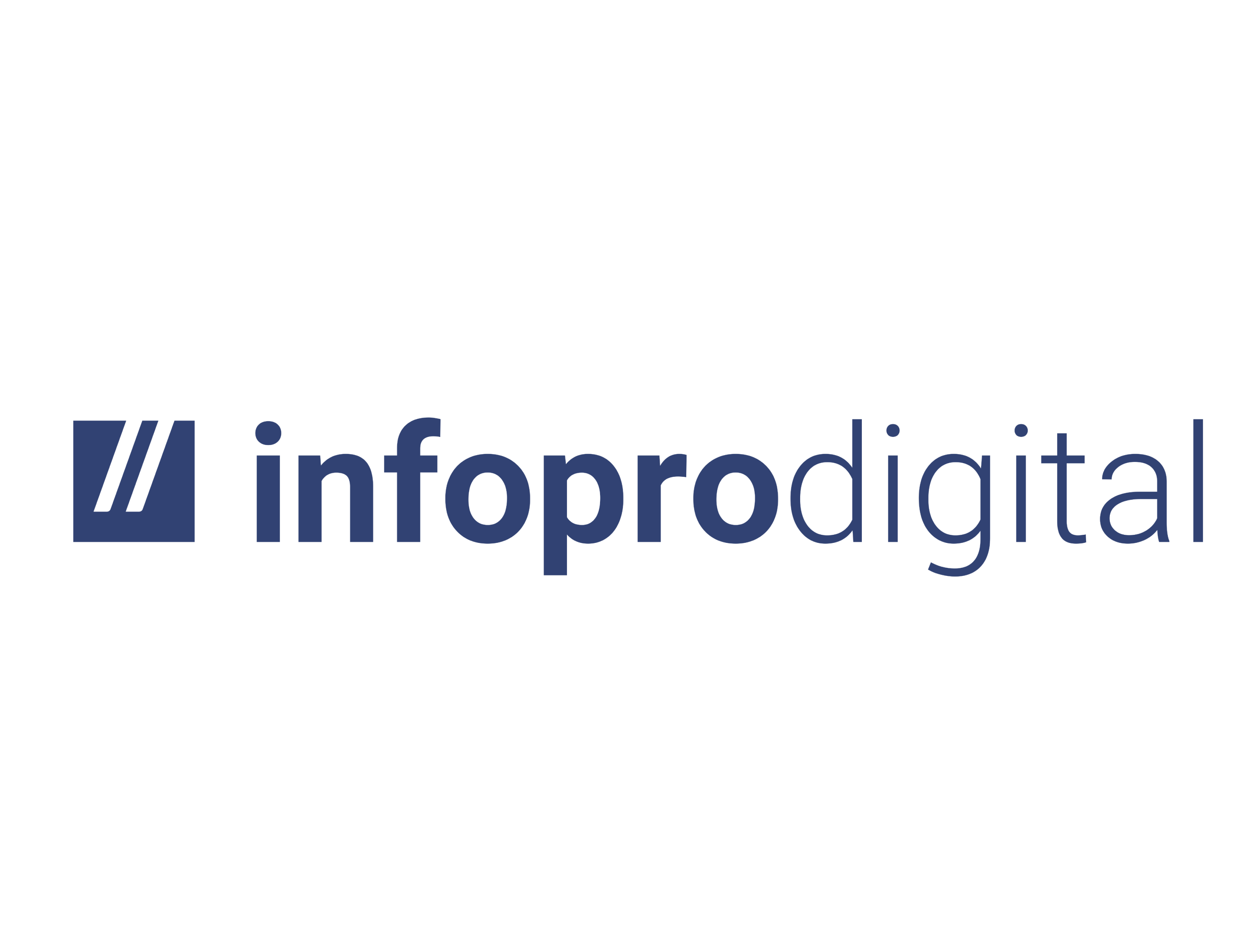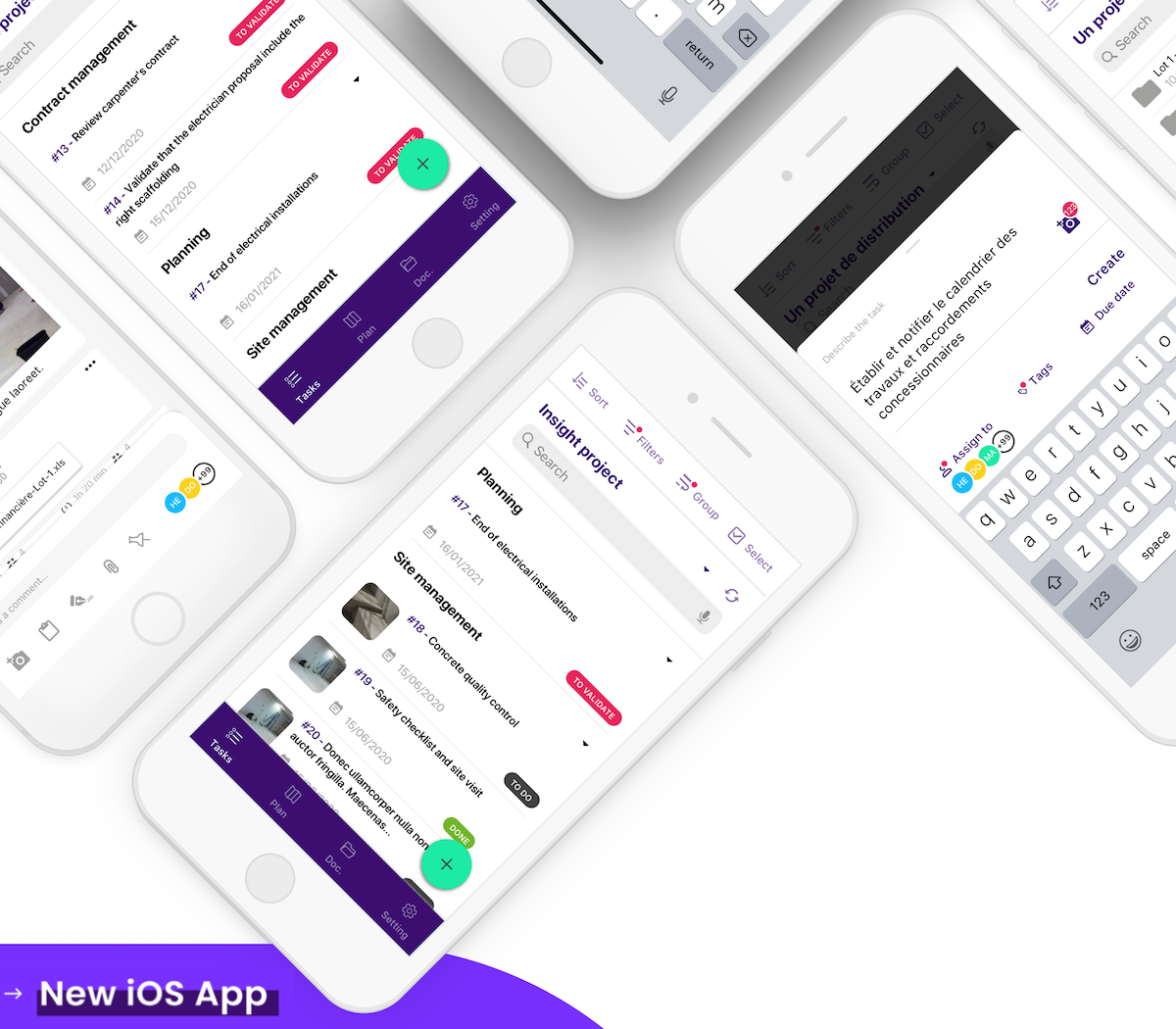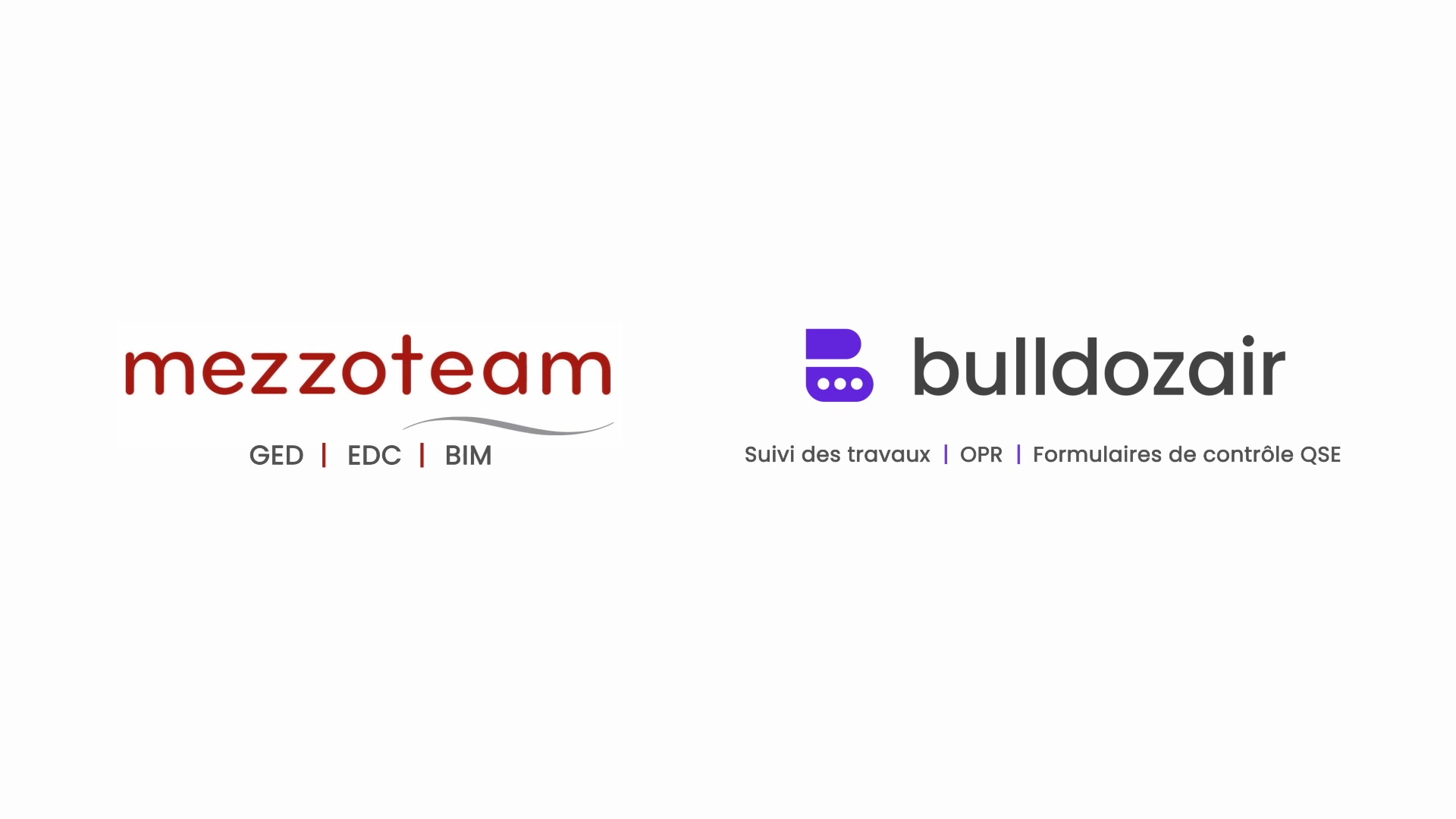EDM (Electronic Document Management) is a platform that allows us to centralize and collaborate around the documents of a construction project. It is also called a virtual plan cabinet.
It stores both graphic and written documents of a project.
Here a few examples of graphic documents of an EDM:
- Plans / Blueprints
- Pictures
- Diagrams.
- In the case of written documents:
- Project specs
- Technical documentation
- Contracts, quotations, RFI
- And possibly mail and email exchanges
What can an EDM do?
Beyond the storage of documents, an EDM also makes it possible to collaborate and co-pilot the progress of the document’s validation and revision on your project.
In the basic functionalities of EDMs, and without making an inventory of all the existing functions, we often find:
Versioning: allows managing the different versions of a document. Each time a plan is modified, the index rises a notch (e.g. from index A to B) and the EDM keeps the history of the old version.
Validations: the various contacts are notified of the arrival of a document on the EDM and must consult, markup or validate them according to their role in the project organization chart. They can also comment on them if they have remarks and give the document status.
Visas: DGEs often have validations statuses that can be given to documents when they are studied for approval:
Good for Execution
Validated Without Observations
Validated With Observation
Validated with Blocking Observation
Refused
Validation and distribution workflows: the most advanced EDMs include a document validation order called a workflow. It makes it possible to define:
Who validates what type of document,
In what order should the validators validate the document,
And if there are validators, whose visas are mandatory or optional.
More advanced EDM features:
Each editor has the possibility to propose its own functionality, such as directories or internal messaging. Finally, the real value or actual adoption of these features by users can be questioned sometimes.
Among the most advanced functions:
- Digital mock-up viewers (BIM viewer) that allow files to be viewed (for example in Revit or IFC format).
- The management of RFIs , bidding , quotes, invoices or work orders.
- The generation of document distribution slips.
- The visualization of files on the platform, especially when they are in proprietary formats (such as DWG drawings).
When to use an EDM?
The EDM can be set up at the start of a project. In other words, as soon as it is necessary to store documents in order to centralize everything from the start. Some project owners install EDMs well before the project management company is even appointed. The main need for an EDM can start as soon as you start sharing documents and asking for their approval. The main users are the project owners, general contractors, architectural firms and all the contractors who manage their project documentation using that platform.
On what type of project should an EDM be used?
In general, EDM is used on large-scale projects but this trend seems to be changing. Until now, it has only been adopted on large infrastructure and corporate real estate projects, a little less on multi-family housing projects and very little on single-family homes.
The more people involved, the more complex the project, the more justified it is to invest in an EDM.
How do people proceed without EDM?
Email: the documents are still exchanged by email.
But this practice has several drawbacks. For example, the companies carry out the work without having the last version of the plan, the project may be delayed while waiting forever for a markup What are the causes? They are numerous: forgetting to put some people in the loop of emails, documents that are too heavy for some mailboxes, emails that go through SPAM, etc etc. etc…
Generalist cloud tools: such as Dropbox, Google Drive, Microsoft Onedrive, Box…
Advantages: They are almost free. Be careful about their usage of your data. Do not to forget the famous formula: “if it’s free, it’s because you are the product”.
They are very easy to use and to set up. However, behind this facility there’s often a lack of control about admin rights.Other project participants can delete documents, move them, replace them… Another disadvantage, and not the least, since plans are heavy documents with a lot of graphic vectors (e.g. layout, hatching…), these sites may have difficulty displaying them. Last drawback depending on your geographical location : : some EDM won’t be clear about the location of your data. Their servers may be in the United States, Europe, Asia…without you having control on this.
Paper: The plan cupboards that go all around the construction site huts are not yet a distant memory. There is still a lot of paper printing in the construction industry. The skips can be full of plans and documents that were never opened, the latter being regularly updated and therefore quickly obsolete.
Typical FTP servers: Installing an FTP server (or a NAS) is one of the cheapest solutions, but there are hidden costs, such as installation time and possible maintenance. There are also several drawbacks to this type of server: the installation is not technically within everyone’s reach, there may be security flaws, companies do not always want to open internal FTP access to external companies…. Finally, its major disadvantage remains that it’s really a pain to use on a day to day basis.Building your own internal EDM: this is the choice made by some general contractors such as Bouygues Construction and other major construction companies with tools developed internally such as eDoc…etc. Building your own IT tools allows you to make them really custom and fit your needs, but it’s also very long to build (specs, design, tests, deployments…) and very expensive to maintain.
Disadvantages of an EDM :
Adoption and Change Management: Although it is true that EDMs have been around for a very long time now, implementing them is like “structuring” your project. It is necessary to set rules, organize things, have a process, explain, and train to the process… For the good progress of the project, the adoption of the process by all stakeholders is a must. However, these new organizational practices can be experienced as a constraint, and this can create resistance to change…
EDM opponents usually say it’s too complex compared to “the way they always did it for years”.. Indeed, some EDMs are sometimes far from being intuitive with an unattractive interface that may look like a Windows 95 legacy. Besides the user interface and experience complexity, the main sources of tension lie in the very implementation of a document process, and usually that is what some of stakeholders don’t want to deal with.. Thus, beyond its complexity, it is the methodology more than the tool that causes the stumbling blocks to the adoption of an EDM.
The long and complex setup: from the beginning of the project, it is necessary to define all the rules of the workflow (who validates what and when). A process that can, therefore, prove to be laborious.
The excessive notifications: the email notification systems of the EDMs spam all users. Notifications should be reworked by EDM software vendors to male them more useful and less spammy. Indeed, users receive notifications for each document, index, visa… making key information unreadable. The notification settings are limited to disabling them or keeping them without any hierarchy in their communication. This is why almost all users set up email forwarding rules so that emails coming from the EDM platform go directly into their email archive folder.
Lack of mobility: Most document management platform are not made to be used on the field. Users may not access their documents while they are on the go or within a construction site that has no wifi or 4G network.. Sometimes, a web page of the EDM is accessible via a smartphone or a tablet but with very limited usage and poor user experience. On the other hand there are apps that allows you to get plans on your mobile device but cannot give you access to written documents such as contracts. Most platforms don’t allow correct work with the constraints of a building site.
Monitoring: Despite a laudable principle, in practice, the functioning of EDM remains subject to imperatives such as the good filing of documents by companies or the addition of good references. This requires efforts from the users, who must be rigorous in their follow-up. Sometimes, we find documentation managers (EDM specialists, document controllers, etc.) whose role is to set up the document folder hierachy, file naming convention, workflow, etc., but also to ensure compliance with these rules.
How much do EDMs cost?
The price of an EDM is very variable. The economic models differ drastically according to the type of project:
For example for a project or a company wide contract:
- Fixed price per square meter or square feeté (surface area) or based on the project’s budget Price per user
- Storage price…
To give you an idea of price range depending on the size of the project:
- For projects requiring purely basic functions, we’re talking about a 100 to a 350 euros/month/project.
- For large projects, requiring complex interfaces with particularly advanced functions, including financial management, digital mock-up, or an EDM specialist … prices can rise from 1000 to 1500 euros/month/project.
- This price range is just to give you an idea. Of course it varies a lot depending on many criterias: features, needs, project duration…etc
How to ensure the follow-up of its building site on an EDM?
According to a rather classic scenario: the studies are delayed and the plans are not filed on time on the platform. It is, therefore, necessary to send reminders on several occasions. Once this step has been taken, document validations can, in turn, cost the project precious time. If the validator no longer visits the EDM platform, he may be urged to validate documents quickly. Material orders will therefore often be made late and the supplier may be asked to compress the manufacturing and delivery time, notwithstanding the fact that deliveries are frequently late…Late document validations may put pressure on onsite teams to speed up construction execution which causes mistakes and safety risks. Thus, design phase delays have consequences throughout the project, and when they are poorly managed or poorly supervised, this can lead to long-term extensions of deadlines.
Although the schedule is managed on a planning tool , the success of the design and execution phase can be achieved with document control platforms. To manage your project, these platforms provide tools such as:
A dashboard: Usually in the the home page, you get charts that indicate the progress of the projectat a glance.ocuments filed or the late validations are in red; those which will be soon are in orange…
Tracking table: in general, it is possible to export an excel table with the list of all the documents and their state of progress (status of the filing on the platform, the status of its validation, associated comments…).
A forecast of plans and documents: companies are asked to provide a forecast list of the documents they intend to produce, to which deadlines can be added. This enables the schedule to be controlled more precisely.
We hope that this article has been useful for your understanding of the Construction-tech ecosystem, do not hesitate to come back to us for more information.








